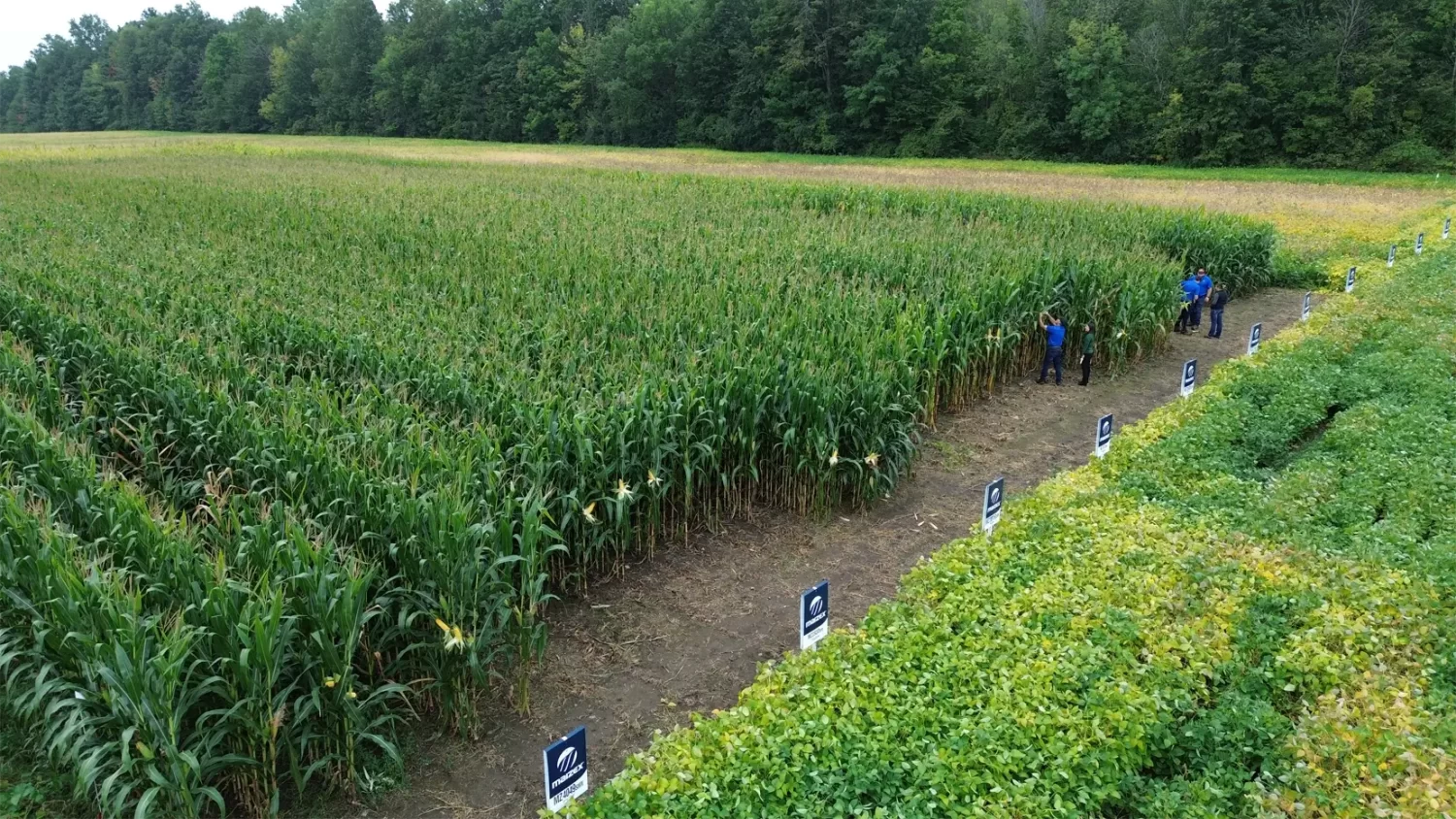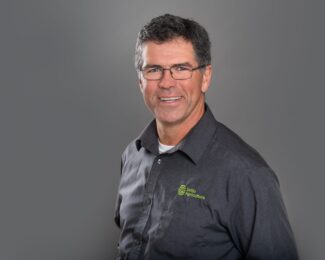
Corn fields must be analyzed now to prepare for 2024
The growing season is all but behind us as we move to harvest. The 2023 season was generally favourable for corn, however, there were still some risks that are noticeable once you walk deeper into the field.
Before harvest time is a good opportunity to check your fields to determine what went well & what adjustments can help you improve in 2024. Planning your corn seed selection should take into account what happened in the past and adapting.
Most would agree that the corn in Eastern Ontario looked good this growing season this year with tall, green plants, girthy cobs and most of the ears were filled near the tip. Many growers did not notice any signs of stress in corn this year. As you venture deeper into the field, you may find some less noticeable stressors that are lowering yield potential. Here are a few things to check while scouting your fields before harvest.
Population: On 30 inch rows, if you measure out 17 feet, 5 inches and count the number of plants with a viable cob, this will be considered your stand count. If you planting 34K seeds/acre and your average stand count is 32K, you are doing a great job. It is common to have 20% of corn seed planted, not make it in the final stand count. So that 34 K/ac planting rate can still considered acceptable if you have a stand count of 28K. A count of below 27K, repeated throughout the field may be a sign to look at what happened. There has been much discussion recently also about the architecture of the variety you are using. A more horizontal leaf structure hybrid will intercept the sunlight and be more efficient in converting the photosynthesis into grain yield. Different varieties will flex in their cob size & utilize extra nitrogen fertilizer better. If you can identify these varieties and manage them accordingly, the benefits will be reaped.
Skips or doubles: If you are noticing an increase of skips, this might be your motivation to have a look at the corn planter over the winter to find out why this is happening. This could be another complete article, so we will leave this topic there for today.
Insect Pressure: Before harvest, looking for signs of insect pressure in the field. The best line of defense is to use crop rotation in your favour. The more crops you have in the field before returning to corn, the better chance you have of minimizing insect infections. Winter cover crops can be counted as a crop in the rotation. There has been recent documentation of European Corn Borer (ECB) resistance to some of the Bt corn genes. Western bean cutworm (ECB) has also been prevalent in Eastern Ontario. Corn rootworm will have a risk to show up on second year corn fields. Corn earworm can also create another hidden stress on the corn plant. Conventional corn will have a higher risk of all of these which makes crop rotation more vital. Choosing the right disease resistance package to prevent the insects from robbing yield should be a conversation to have with your agronomist or seed supplier.
Uneven emergence: If there is an increase in the number of plants with non-viable cobs, this may prompt you to have a look at seedling vigour of your corn hybrid. A picket fence stand of corn is an expression used to indicate what we like to see in the field. Too much variation in the stage or height of the corn will cause staggered reproductive stages at tasseling which can be detrimental in many ways. A broader window for insects to feed, uneven plant pollination times and variable maturing times are just a few.
Soil conditions: This topic created rising stress levels early in our growing season during the month of May as we waited for some rescue rains. On heavy clay, be sure to search for a variety that can endure these conditions. Lighter soil that can be planted earlier can take a variety of corn that can keep growing and filling grain through the whole season.
This is a short summary of some of the considerations to account for in your corn seed selection. As you harvest your crops this fall, keep in mind what happened in 2023. This can be useful information to decide what goes where in 2024. Feel free to reach out to your expert-advisor dealer to help guide you in this process.

